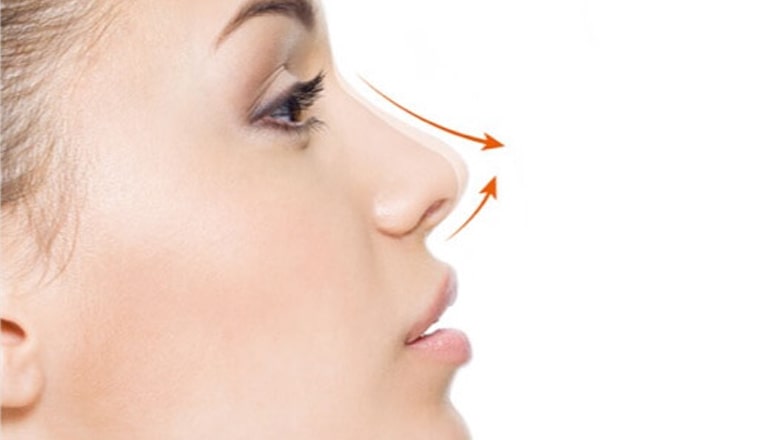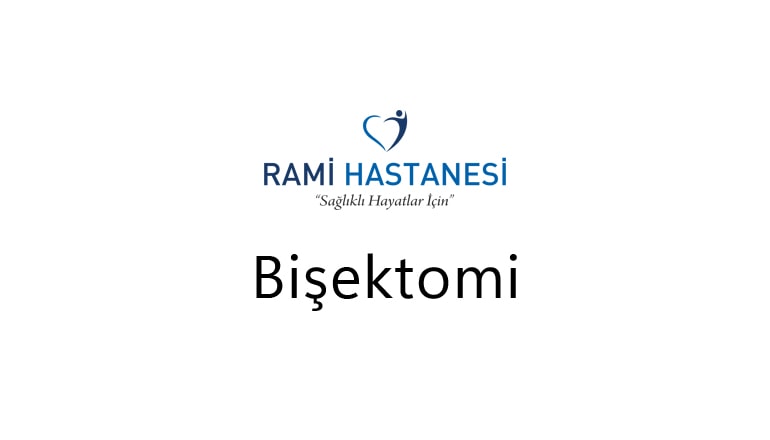

Bichectomy, which is one of the aesthetic operations frequently applied by those who want to achieve an ideal facial appearance, is applied to make the facial features proportional. In some cases, even if the person is at the ideal weight, they may appear overweight due to the fat ratio in the existing facial structure.
The adipose tissue in the middle of the cheeks is called buccal adipose tissue. This adipose tissue, located between the facial muscles, is anatomically located in the lower region of the cheekbones and is thought to contribute to sucking functions in infants. The size of this fat tissue is one of the factors affecting the size of the face. Buccal adipose tissue generally tends to decrease with aging.
Buccal adipose tissue is one of the important elements of facial aesthetics. After the growth of this tissue, complaints such as rounding of the facial features, drooping of the cheeks or the appearance of a baby face may occur. Removal of adipose tissue in the cheeks, in other words, "partial buccal lipectomy" is considered an important surgical intervention for facial contours and aesthetics.
The tissue defined as buccal adipose tissue may be excessive due to structural or aging. Fat pads in the cheeks, which lead to the appearance of chubby cheeks, can cause the person to look older or overweight.
With bichectomy, which is frequently applied by those who want to have a sharp face appearance in a triangular form, facial features can be thinned thanks to the adipose tissue taken from an incision of approximately 1 cm on the inner side of the cheek. Thanks to the operation, which does not leave any surgical scars on the skin surface, the asymmetrical appearance in the cheek area is also removed. It is ensured that the facial features of the person are sharpened, and the cheekbones and jawbones become prominent.